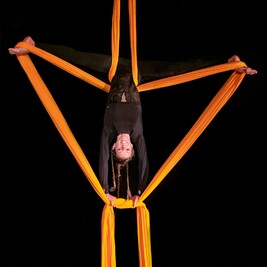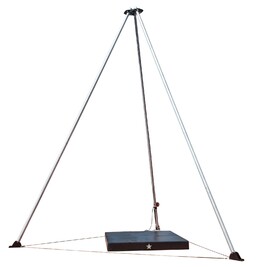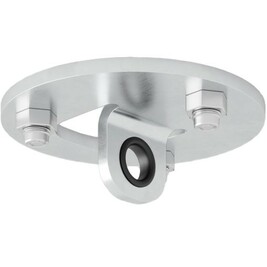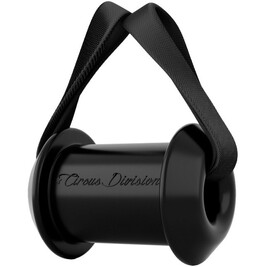
Circus Artists: Master the CMU and CRM of your equipment
Understanding CMU and CRM for maximum security
In the circus world, circus safety is a top priority. Whether you're a circus artist performing aerial acrobatics or a circus school leader training the next generation, mastering circus equipment markings like WLL (Working Load Limit) and MRL (Minimum Breaking Load) is essential. This detailed guide explains these key circus rigging concepts, helps you choose the right safe circus equipment , and ensures spectacular performances without risks.
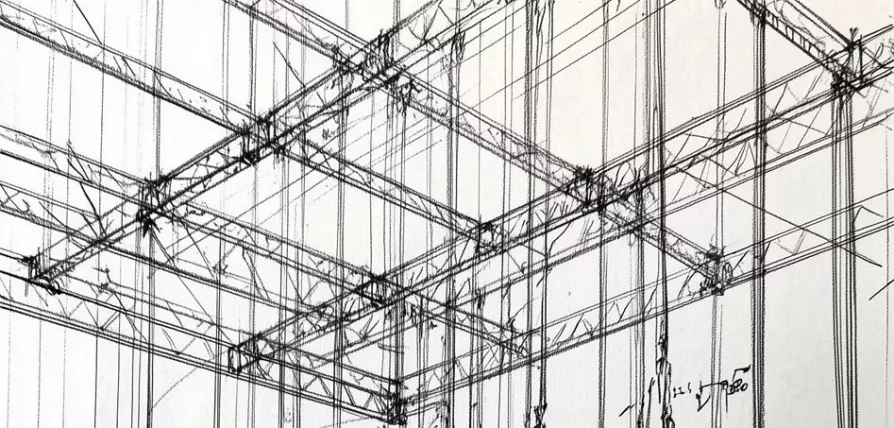
Why is circus rigging crucial for safety?
Circus rigging refers to all the techniques and equipment used to suspend performers or sets from height. A poor understanding of markings such as CMU or CRM can lead to serious accidents. This guide, inspired by the educational resources of FEDEC (European Federation of Professional Circus Schools) , is aimed at circus performers , trainers and technicians seeking to optimize the safety of their circus equipment .

What is CMU and CRM in circus rigging?
CMU (Maximum Load Capacity) explained
The WLL represents the maximum load that a piece of circus equipment can support in normal use, with a safety margin built in by the manufacturer. It is often indicated in kilograms (kg) or tonnes (T) . For example:
- A shackle marked CMU 1T can safely support up to 1,000 kg .
- This is the limit you should never exceed in your circus rigging installations.
CRM (Minimum Breakage Charge) deciphered
CRM , on the other hand, is the maximum force that the equipment can withstand before breaking. Expressed in kilonewtons (kN) , this value indicates the breaking point. For example:
- A carabiner with CRM 25 kN withstands approximately 2,500 kg before breaking.
- This information is vital for circus artists handling dynamic loads .
Why do markings differ on circus equipment?
Circus rigging borrows equipment from various fields, such as climbing or industrial lifting, each with its own standards:
- Climbing equipment (e.g. carabiners): Marked with CRM , as they are designed for specific loads.
- Lifting equipment (e.g. shackles): Indicates the CMU , with a safety coefficient (often 4:1 or 5:1) to calculate the CRM.
For circus schools and circus artists , understanding these nuances ensures proper and safe use of circus equipment .
Explanatory video from FEDEC (European Federation of Professional Circus Schools)
This is the video that inspired the writing of this article. Now that you're a little familiar with CMR/CMU, I invite you to watch the video. Since the video is in English, the rest of the article may help you supplement the video content or help you better understand it.
How to read the markings on your circus equipment?
Example 1: Carabiner (climbing equipment)
- Marking : CRM 25 kN
- Meaning : Withstands 2,500 kg before breaking. No safety margin indicated; it depends on your use in circus rigging .
Example 2: Shackle (lifting equipment)
- Marking : CMU 1T
- Meaning : Supports 1,000 kg in safe use. With a safety factor of 5:1, the CRM would be 5,000 kg .
Tip for the pros
Always consult the manufacturer's documentation for the exact coefficient and to avoid errors in your circus rigging .

The importance of CMU and CRM for circus artists and schools
Dynamic loads —due to performers jumping, swinging, or falling—amplify the forces exerted on circus equipment . A suitable CMU and sufficient CRM allow for:
- Prevent equipment failures.
- Ensure the safety of circus artists during performances.
- Reassure circus school managers about the reliability of their facilities.
5 Practical Tips for Safe Circus Rigging
- Anticipate dynamic loads : Movement increases forces. Choose circus equipment with a sufficient WLL .
- Check the safety factor : Don't assume it's universal. Read the specifications.
- Inspect your equipment regularly : Wear and tear reduces the capacity of your circus equipment .
- Read the documentation : Manufacturer's details are essential for correct use.
- Hire an expert : A qualified rigger can tailor your circus rigging to your specific needs.
FAQ: Answers to Frequently Asked Questions About Circus Rigging
What is the difference between CMU and CRM for circus equipment?
The CMU is the safe operating limit, while the CRM is the limit before failure, without built-in margin.
How to calculate CRM from CMU?
Multiply the CMU by the safety coefficient (e.g.: CMU 1T × 5:1 = CRM 5,000 kg).
What should I do without my equipment documentation?
Contact the manufacturer or an experienced rigger. Don't take any risks. Each aerial item on our website has documentation, often including several downloadable PDF documents. If you have any doubts or questions, you can also contact us directly.
Acknowledgments: A collaboration for circus safety
This guide would not have been possible without the valuable expertise of Will , a circus rigger at Stockholm University of the Arts (SKH) , who shared his knowledge of equipment markings. Thanks also to the entire team, their collective commitment strengthens safety and innovation in the world of circus rigging:
- SKH for his dedication to safety in the circus arts.
- FEDEC (European Federation of Professional Circus Schools) for its inspiring educational video.
- Erasmus Riggers Project for his work on rigger training.
Conclusion
Understanding CMU and CRM enhances the safety and creativity of your performances. Take the time to study your equipment and consult with professionals. Your audience deserves a memorable show, and you deserve peace of mind.
Translation of technical terms (French/English) with definitions
- WLL (Working Load Limit) : Maximum load authorized by the manufacturer for normal use, with a safety margin.
- CRM (Minimum Breaking Strength) / MBS (Minimum Breaking Strength) : Maximum force that the equipment can withstand before breaking.
- Kilonewton (kN) / Kilonewton (kN) : Unit of force, where 1 kN ≈ 100 kg (approximately).
- Tonne (T) / Ton (T) : Unit of mass, where 1 T = 1,000 kg.
- Safety Factor : Ratio between the breaking load and the maximum working load, guaranteeing a safety margin.
- Dynamic Loads : Forces generated by movements (falls, swings), often greater than the static weight.
- Carabiner / Carabiner : Connector used to connect elements, common in climbing and circus.
- Shackle : A lifting accessory for connecting equipment, such as a rope, to an anchor point.
Comments
!Be the First to comment!
Oval pro 3lock carabiner
Oval carabiner with 3 Lock closure, very resistant. Recommended for beginners. Guaranteed for 3 years.
